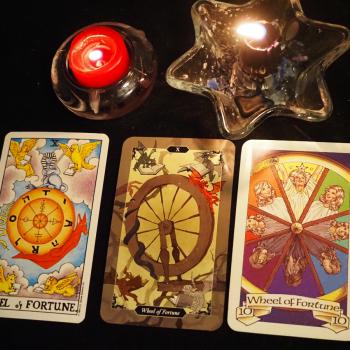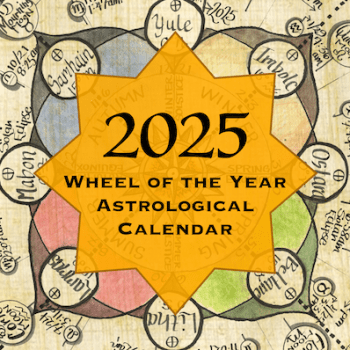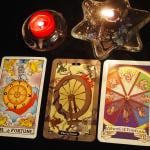These morning practices are some of the best devotional techniques I’ve found to help move through powerful emotions and get me ready to actually be a functional adult throughout the day.
The idea is to give you some methods to help you break up your Morning Doomscrolling.
Any of these practices can be included in morning prayer, devotion, or meditation practices you already have. Many are suited to sitting or are adjustable for pain or time constraints. I know this because of my own difficulties with chronic pain. I need my morning practices to be useful, beautiful, and functional within the framework of mental illness, chronic pain, and family life. I’ve found that my clients also have benefitted from these practices. Maybe they will help you too.
Morning Practices For Grounding, Healing, and Connecting:
Drumming
Drumming as a morning practice can be particularly powerful. Rythym is used around the world to ground and move energy. If you have a style of drumming you prefer, please do that. I will note that I am referring to using drumming as a spiritual practice rather than becoming an accomplished musician. Using a drum spiritually is a much more open-ended phenomenon. I find that by allowing the drum to respond to energy, you can diagnose problems as well as use the drum to move energy in specific ways using various rhythm patterns. This is very different than practicing complicated and fancy rhythm patterns. You can obviously do both, but in terms of devotional spiritual practices, I suggest experimenting with a more flexible pattern.
I use a frame drum, as it is a very ancient style of drumming. I use both hands, one on the side and one on the top with the drum resting on my leg. One of the powerful advantages of this style of drumming is that it will resonate directly into your chest. This connects your energy with the energy of the drum powerfully and makes it easy to do things like help control breath and emotion with drumming.
Bell Ringing
Bells produce a very clear and resonant sound. They are excellent as anchors for specific behavior as Pavlov’s dogs discovered. In magical terms, bells clear the energy of a room in a very delicate way. If you build a habit of ringing a bell every time you meditate, pray, or ground you’ll find that quickly as soon as you hear the sound of your bell you will immediately move into that space, even when you’ve been struggling. I prefer using small brass jingle bells to make a tinkling sound. I’ve seen others use every sort of bell for the same purpose.
Free Form Dancing
This is a little more movement intensive than some of the other practices. This means if you suffer from chronic pain or joint issues, you may need to save it as a technique for low pain days. That being said, I have found that on medium pain days it can be quite effective to work through some of the worst of the pain. Similar to the drumming, this is not meant to be when you practice that K-pop choreo you’ve been learning. I suggest trying it without even playing music.
Allow your body to move rhythmically to an imagined and internal cycle. Start slow, and work on moving each muscle and joint individually. Allow each movement to reach all the way to the edges of yourself. Arm movements should work their way from shoulder to fingertip. Core movements can flow from head to hips to feet. It can be good to try doing this in front of a mirror, but it can also be good to not see what you are doing, especially if you are self-conscious. Try it both ways. I have found that morning free form dancing can sometimes release pent up emotion. Try and be kind to yourself if that happens, and make sure to do it early enough in the morning to have a few minutes to come back to yourself before you get to work.

Hand Movement
Hand movement is the little sibling of free form dancing. If you’re not moving well, or don’t have a lot of space, you can still hand dance! There are many systems that use specific hand gestures, such as mudras. If you work within those systems, excellent. I find that by simply moving my hands in rhythmic ways and allowing myself to use gestural devices such as pointing, cupping, waving, and other movements I can create complex and silent symbology. Try invoking a deity using only hand gesture.
This is a gentle way to get your body engaged in the spiritual process. Engaging the senses and your physical form can be challenging but when you’re trying to deal with ongoing difficulties and days that seem to endlessly drag on. It’s important to continue to root yourself back in your somatic awareness. Using hand movement as part of your morning practices can help you gently ground. Try to find the beauty and grace within your own hands.
Moaning for Mourning in the Morning
No for reals. Moaning.
We are all too uptight for our own wild selves. We are afraid of making weird noises, including but not limited to farting, squeaking, sneezing, and moaning. This can be an incredibly powerful exercise in expressing and earthing deep emotions, but you’ve got to get comfortable with being not-pretty. Keening is the practice of making wild and upset noises at the funeral or death of a community member. Sometimes there are even professional community keeners, usually older women who express profound emotional loss through sound.
You can express pain through sound.
I actually teach this as a breathing technique. I have found there are more and less effective ways to moan, and most people are seriously bad at moaning. I will tell you, learning to moan properly will up your magical game. Getting past those inhibitions is powerful. Practice taking a full deep breath before you moan, and experimenting with how long you can hold a moan for, mouth positions during moaning, and where you resonate your moan in your body. Also, just make some pain noises. It’s okay. Your pain is real and worthy of being expressed.
If you’re having a hard time allowing yourself to make sounds, try moaning in the shower. It’s okay to make noise. Sometimes it’s easier to express emotion without words. You can move into word sounds as well, though I recommend at least trying non-verbal sounds for a while first.
Toning for Morning Practice
If you’ve never toned, it’s basically fancy humming. If you do practice with a group in person and haven’t tried it, I highly recommend toning with a group. It’s a wonderful unifying experience. You can also tone on your own and it can be a great morning practice. Experiment with working your way through all the vowel sounds, and changing the pitch. You might discover a little tune that needs to be hummed, or you might find that toning is a great way to clear your energetic centers.

Getting your Morning Practice Started
If you’ve never had a morning practice before, it’s very simple, simply make some space and time in the morning. This time is for listening to yourself and for listening to the world around you. Some people do this with prayer. Some people do this with meditation. Some people make elemental altars. Here’s my guide to making devotional practices during stressful times. I highly recommend them. If you need more help, I do offer services and coaching to help you build your devotional practice. I still have a few monthly coaching spaces in my Patreon if you need some help getting started.
The most important thing is to do it. You don’t have to do it well, it doesn’t have to be Instagram worthy. To be honest, it will probably be messy, awkward, and sometimes difficult. That all means you’re doing the right thing. If you stop, that’s okay, just start again. Hugs. Good luck.
If you’d like to support my work and help me keep writing these kinds of posts, please consider becoming a blog supporter over at my Patreon.
Thanks so much to all my Patreons and readers.
















